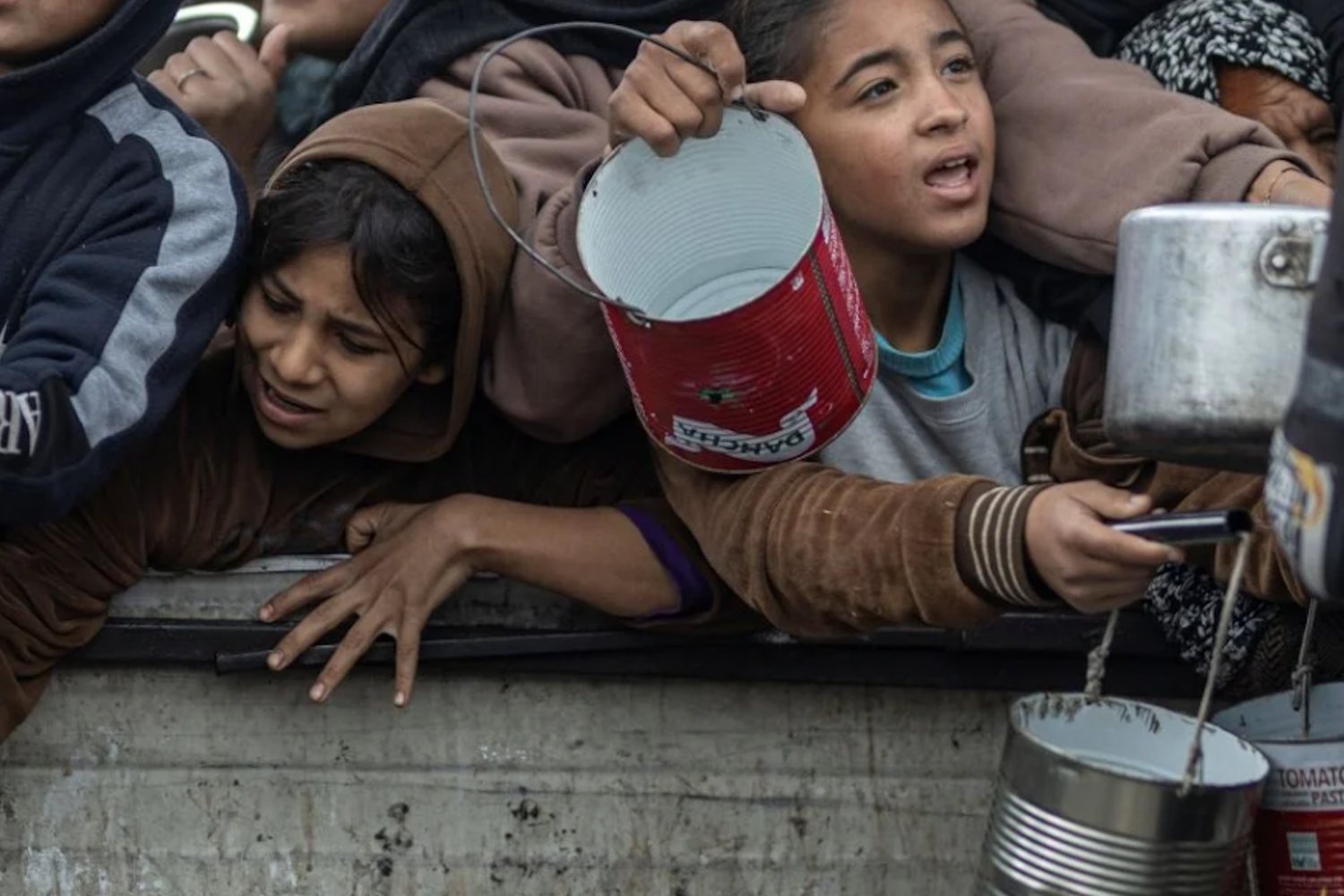Reprocide in Gaza: a deliberate assault on reproductive rights amidst genocide, targeting mothers, babies, and future generations.

@WHO
It’s becoming impossible to ignore: what’s happening in Gaza isn’t only a genocide—it’s a reproductive genocide. There’s a word for it: reprocide—a term coined in 2017 by Loretta Ross, co-founder of SisterSong and the Women of Color Reproductive Justice Collective. Reprocide is the deliberate destruction of a population through attacks on its reproductive capacity. Historically, it’s been a tool of colonizers—used not just to control land, but to control who gets to exist.
And Gaza is no exception.
A familiar pattern of violence
From colonial North America to Bangladesh, from the Balkans to Rwanda, reproductive violence has long been used to terrorize and displace communities. Rape, forced pregnancy, and sterilization have served as brutal instruments of ethnic cleansing, aimed at shaping or erasing entire populations.
Now, in Gaza, we are seeing the same tactics deployed with chilling precision. The Israeli state’s decades-long demographic campaign against Palestinians has evolved into something even more cruel: a direct assault on reproductive bodies, a campaign that is both physical and symbolic.
Reprocide in action
Nadera Shalhoub-Kevorkian has described how Israeli biopolitical and geopolitical restrictions target pregnant Palestinian women in East Jerusalem, affecting their health and lives. In the West Bank, curfews and checkpoints further endanger reproductive health, limiting access to care during critical moments.
This isn’t new. Between 1947 and 1949, Zionist forces took control of over 78% of historic Palestine, destroying some 530 villages and towns and killing around 15,000 Palestinians in acts of mass violence, including over 70 massacres. At least 750,000 Palestinians, out of a population of 1.9 million, were forcibly displaced.
The objective then, as now, was clear: to achieve and maintain Jewish demographic dominance by suppressing Palestinian life itself—including its potential for future generations.
Erasing future generations
Since October 7, 2023, Israel has killed an estimated 50,000 Palestinians in Gaza (around 17,000 of them children), including those still buried under rubble. On June 24, 2024, Save the Children reported that 21,000 children were missing, their fates unknown.
They may be under collapsed buildings, or perhaps detained—we simply don’t know. And according to a Lancet article published in July 2024 by Rasha Khatib, Martin McKee, and Salim Yusuf, the real death toll could be at least 186,000, combining direct and indirect causes.
“Medical teams, with limited supplies in the emergency departments, are focusing on saving children and women to preserve Palestinian lineage in Gaza,” said Mohammed Saqr, spokesperson for the Nasser Medical Complex in Khan Younis.
But preserving that lineage is increasingly difficult. Since October 7, more than 900 Palestinian families have been erased from Gaza’s civil registry. Thousands of others now consist of only one or two survivors.
Hospitals and wombs under fire
Then there’s the other front line: hospitals. In December 2023, an Israeli missile struck Gaza’s largest fertility clinic, the Al Basma IVF Center, obliterating over 4,000 embryos and more than 1,000 vials of sperm and unfertilized eggs.
“Those were 5,000 lives in a shell,” said clinic founder Dr. Bahaeldeen Ghalayini in an interview with Reuters.
Meanwhile, over 177,000 women are pregnant or recently gave birth while dealing with chronic illness, hunger, and malnutrition. According to the UN, around 50,000 women were pregnant when the war began. The WHO reports that 183 women give birth daily in Gaza—at least 15% experience complications.
The trauma is unimaginable. Cesarean sections without anesthesia or sterilization are not uncommon. Postpartum care is often non-existent. The miscarriage rate has surged by 300%, reaching levels previously unseen.
This is not just a warzone—it’s a deathtrap for mothers and babies alike. And its impact will be felt for generations.
Sanitation and survival
Reproductive health doesn’t exist in a vacuum. The Israeli blockade has cut off access to clean water, hygiene supplies, and sanitary facilities, increasing infections and degrading the dignity of women and girls.
Without basic products like menstrual pads or postpartum care kits, women are left to improvise—using cloth scraps or pieces of tent fabric, wearing them far too long, or washing and reusing them in unsanitary conditions.
Israeli forces have systematically targeted civilian infrastructure in what urban theorist Stephen Graham has called a strategy to “switch off cities.” It’s about making Gaza not just uninhabitable—but unlivable.
Destroying hospitals, maternity wards, and emergency rooms while denying access to basic reproductive healthcare isn’t just collateral damage. It’s the deliberate destruction of the ability to give life, nested inside a broader campaign of annihilation.
Reprocide inside a genocide
This is the reality: reprocide is being waged in plain sight, under the broader shadow of genocide. And while the numbers are horrifying, it’s the stories—the mothers giving birth in tents, the babies buried in rubble, the embryos frozen and now lost—that haunt us most.
What’s being targeted isn’t just the present generation, but the very possibility of a future Palestinian one. This is how a people is not only killed—but unmade.
SOURCES:
- Loretta Ross, Reproductive Justice as Intersectional Feminist Activism
- Kanaaneh, Rhoda Ann. 2002. Birthing the Nation: Strategies of Palestinian Women in Israel
- Nadera Shalhoub-Kevorkian, Politics of Birth and the Intimacies of Violence Against Palestinian Women in Occupied East Jerusalem | The British Journal of Criminology | Oxford Academic
- Save the Children
- Rasha Khatib, Martin McKee e Salim Yusuf – Lancet
- UN Women. 2024b: AGaza: A War on Women’s Health
WHO. 2023: Women and Newborns Bearing the Brunt of the Conflict in Gaza, UN Agencies Warn - Sio, Mohammad. 2024. “Gaza Hospital Prioritizes Women, Children amid Medical Supply Shortage
- Stephen Graham, Switching cities off
